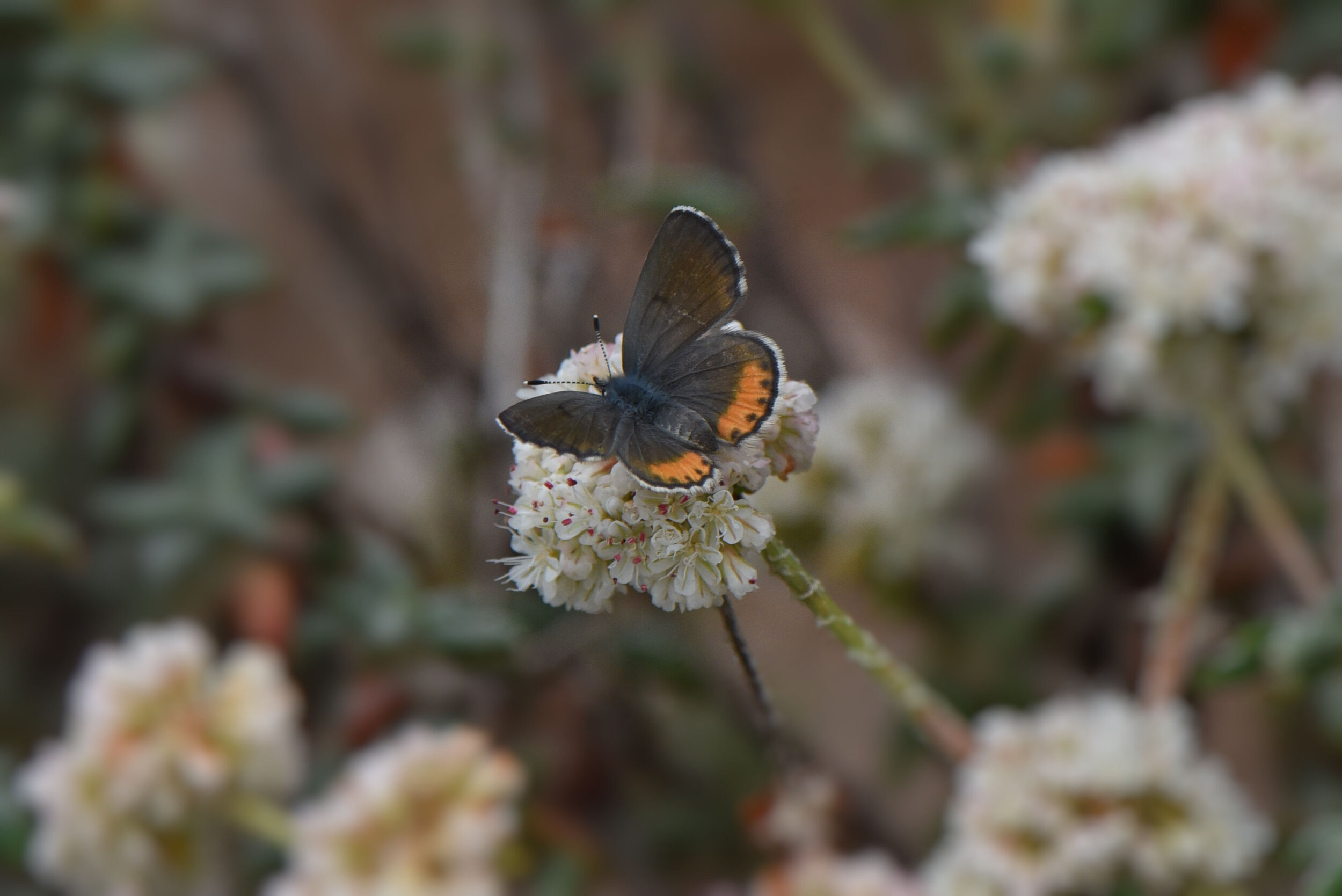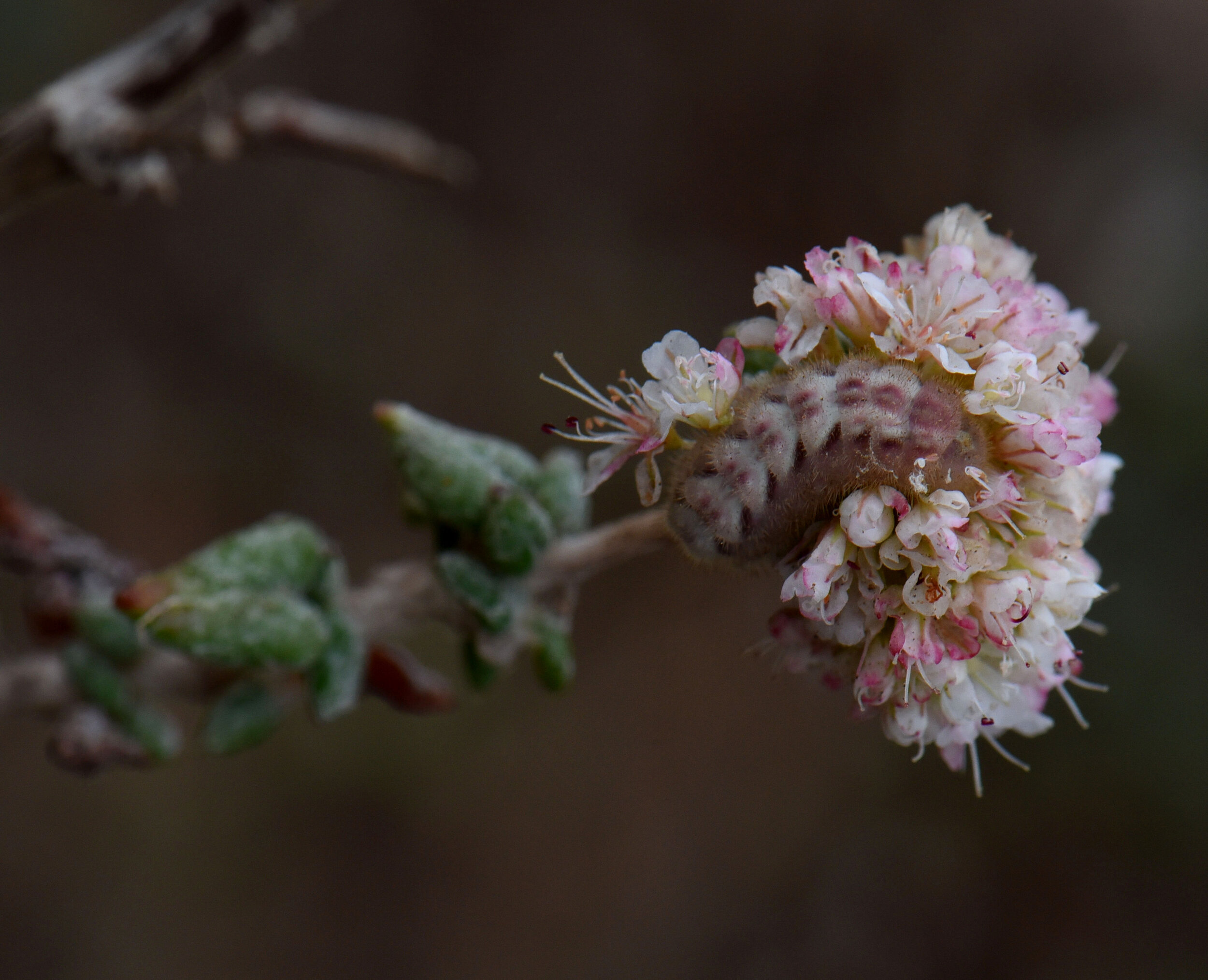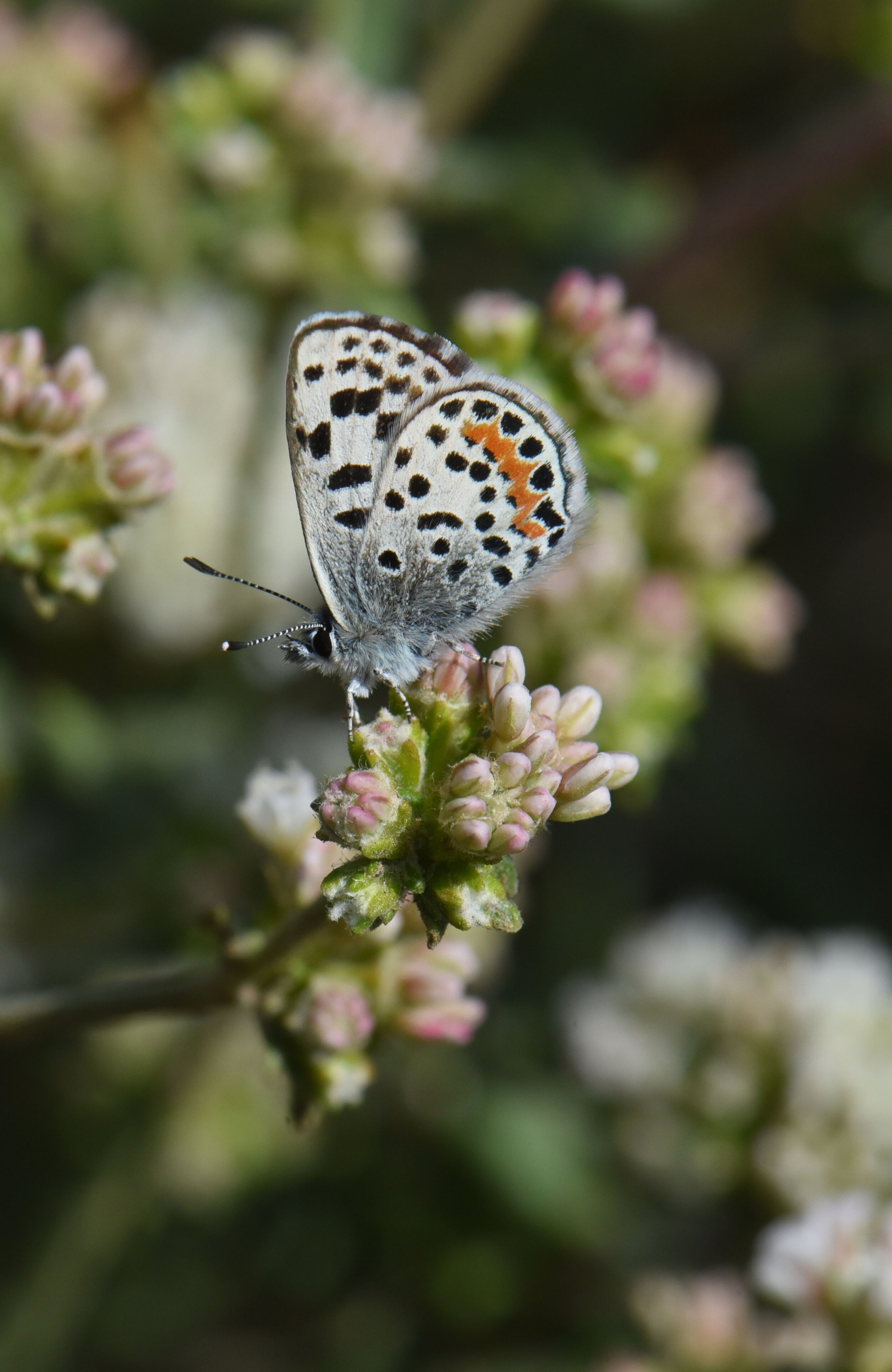A Special South Bay Butterfly
By Ann Dalkey
On June 1, 1976, the El Segundo blue butterfly was officially declared to be an endangered species. With that, it was the first insect species to receive this designation under the 1973 Endangered Species Act. This determination meant that additional resources would be provided by the US Fish and Wildlife Service to help the El Segundo blue butterfly increase its population.
As with any new project, it took time for programs to be developed and personnel to be hired. However, progress was made. Because a population of the endangered butterfly lived on the sand dunes in front of the Los Angeles Airport, this valuable land was not developed and, instead, turned into a preserve through the 1986 Dunes Restoration Project. This was the beginning of the restoration efforts for the El Segundo blue butterfly that continue today.
Fast forward to the present...
We now find this butterfly in areas with its preferred habitat located above sandy beaches or along the top of cliffs from Ballona Wetlands to Point Vicente. Grady Jacoby conducted his Eagle Scout project for South Bay Parkland Conservancy to create specific butterfly habitat at Wilderness Park (see his March 21, 2021 story on this website). The Conservancy is also volunteering for the Los Angeles Conservation Corps’ project in Redondo Beach and is looking throughout the South Bay to build more El Segundo blue butterfly habitat connectivity. (You can join the volunteer efforts HERE)
About the El Segundo Blue Butterfly
While most people are familiar with monarch butterflies that migrate from the interior of the USA to either Mexico or California through multiple generations, the El Segundo blue has a different approach. The butterfly is known as a single-brood butterfly, meaning that it only reproduces once a year within a specific time window. And to reproduce, it needs a specific plant, the sea-cliff buckwheat, which grows on our local sand dunes and cliffs.
The El Segundo blue butterfly flies in the summertime. Its life cycle takes place in four stages:
First, adults emerge from their chrysalis (pupae), and, after getting a good sip of nectar, they mate as soon as possible. For mating to be successful, the butterflies need about a half-hour together which brings another problem. While mating, females exude pheromones that attract other males, requiring the male to fight off the intruder while keeping his mate. The upper wings of males are colored a deep blue while females are deep chocolate brown, though the underwing markings of square spots with an orange hind wing are similar.
After 2-3 days, the female lays her eggs in the sea-cliff buckwheat flowerheads. This is a tiny butterfly, not quite an inch long, that produces eggs too small to see, especially once deposited on a single sea-cliff buckwheat flower.
Once the caterpillars (larvae) emerge, they proceed to eat as many of the sea-cliff buckwheat’s flowers as possible. Again, the caterpillars are small but can be seen following their 4th and 5th molts.
Finally, once the caterpillar has grown big enough, it will crawl to the base of the buckwheat and turn into the chrysalis stage. There, the chrysalis remains in the buckwheat’s leaf litter through fall, winter, and spring, waiting to emerge in summer when the sea-cliff buckwheat plants are blooming. This means that the butterflies we will see this summer were born last year!
Where to Spot the El Segundo blue
You can easily view the El Segundo blue butterflies in the summertime, especially in late June and early July. Currently, the easiest places to see the El Segundo blues are along our sandy beaches that have been planted with sea-cliff buckwheat plants and other native species: Torrance, Redondo, and Dockweiler Beaches. But you must remember to be aware of the Butterfly Zone. One must not step near or on the sea-cliff buckwheat plants for fear of killing the butterfly’s chrysalis or caterpillars! You can observe the butterflies bouncing around the buckwheat plants, sipping nectar from the flowers, and even mating! It is like watching little blue fairies.
There is more work to be done, for we need to connect the different El Segundo blue populations to enable the butterflies to become more genetically diverse. Fortunately, there are many people working to help create more habitat for the El Segundo blue butterfly. The US Fish and Wildlife Service has dedicated itself to supporting this butterfly by funding restoration projects. South Bay Parkland Conservancy is an important collaborator for increasing El Segundo blue habitat. You can help also, by adding habitat in your own yard, or school, or church. To learn how to create El Segundo blue habitat, visit the El Segundo Blue Coalition’s website for a plant list, how to plant the native plants, and where to buy the plants, and more. You may want to try my favorite plants for year-round color: sea-cliff buckwheat for pinkish white summer flowers, California fuchsia for fall red-orange flowers, and wishbone plant for spring magenta flowers.
UPDATE (May 2024) - As a follow up to this blog, SBPC created a short informational video on the El Segundo Blue Butterfly - click below to view.




